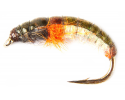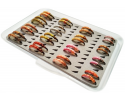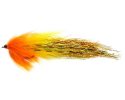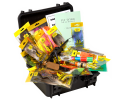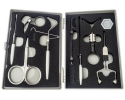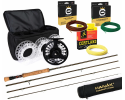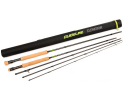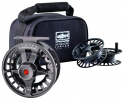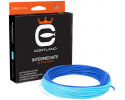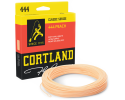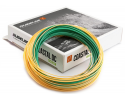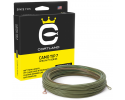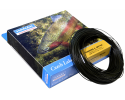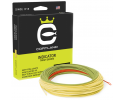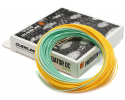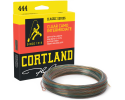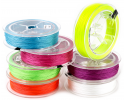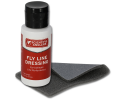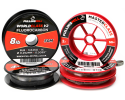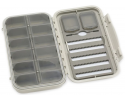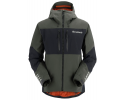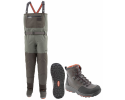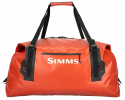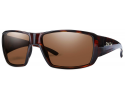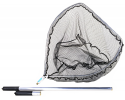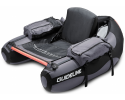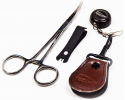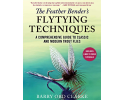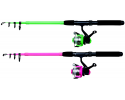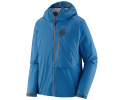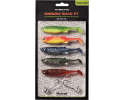In moving water, getting flies below the surface while maintaining control can present a challenge. That’s why sink tip fly lines were introduced. We took this idea, put it at an affordable price point, and came up with the Frequency Sink Tip.
Featuring a Type III 10′ sinking tip, the Frequency Sink Tip is great for streamer fishing from a boat, while wading, or just about anywhere— mall water fountains excluded.
Feature:
- Ideal for streamers and wet flies for trout, steelhead, salmon, and smallmouth bass in moving water.
- Fast-sinking 10’ tip sinks flies through the water column.
- Mid-length head enhances control.
- Best used in moving water.
- Sink Rates: 2.5 – 4.0 ips (Sink 3).
- Braided multifilament core.
Care:
- You think your floating line isn’t floating as well as it used to do, or isn’t as slick as it used to be? The reasons and the ways to fix this are probably pretty simple.
- Lines float because they are lighter than water, and because they are hydrophobic; they repel water. For lines to float their best, both of these features need to be working. The density of your line won’t change, it won’t absorb water and become waterlogged and sink, but if it gets dirty it won’t repel the water well and it will float lower in the surface tension and may get pulled under now and then. The key to good flotation is keeping your lines clean so the hydrophobic surface works.
- Cleaning with soap and water on a cloth removes most of the dirt, but cleaning pads work even better. Properly cleaned, your lines will float better, cast better and last longer, certainly a good trade-off for a couple of minutes of line maintenance.
- To use the cleaning pad, pinch the pad over the line so that the abrasive, non-foam side touches the line. Pull the fly line through the pad under some tension. Repeat this process until some of the fly line color is visible on the pad.
- Clean your lines every 2-3 outings, or anytime you think dirt is hindering their performance. The cleaning pads are easy to carry in your vest or tackle bag and can be used anytime, wet or dry.
- Note that flyline dressing can be used to reduce friction during competition- or practice casting scenarios, but we don’t recommend it for fishing.

























































